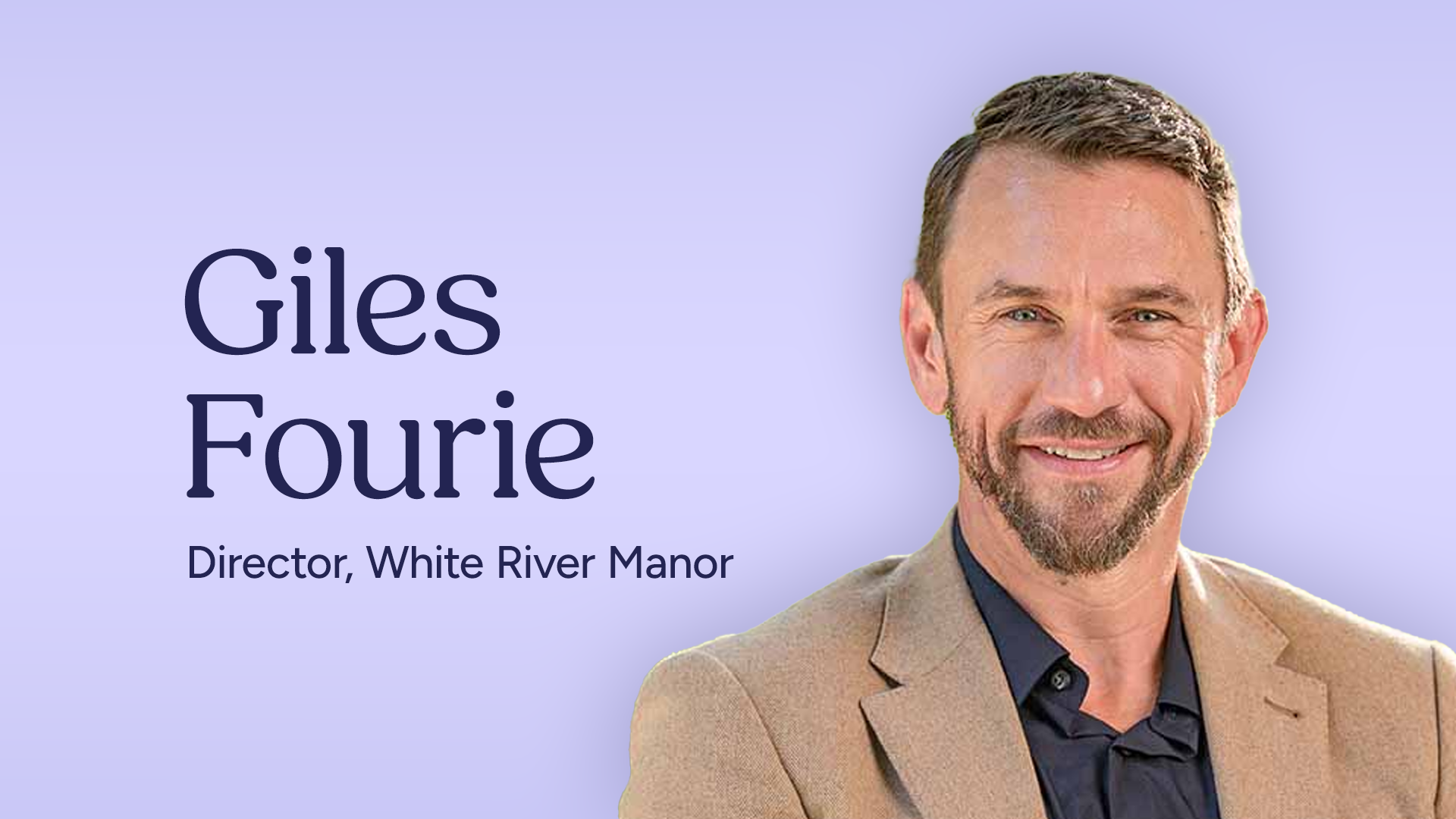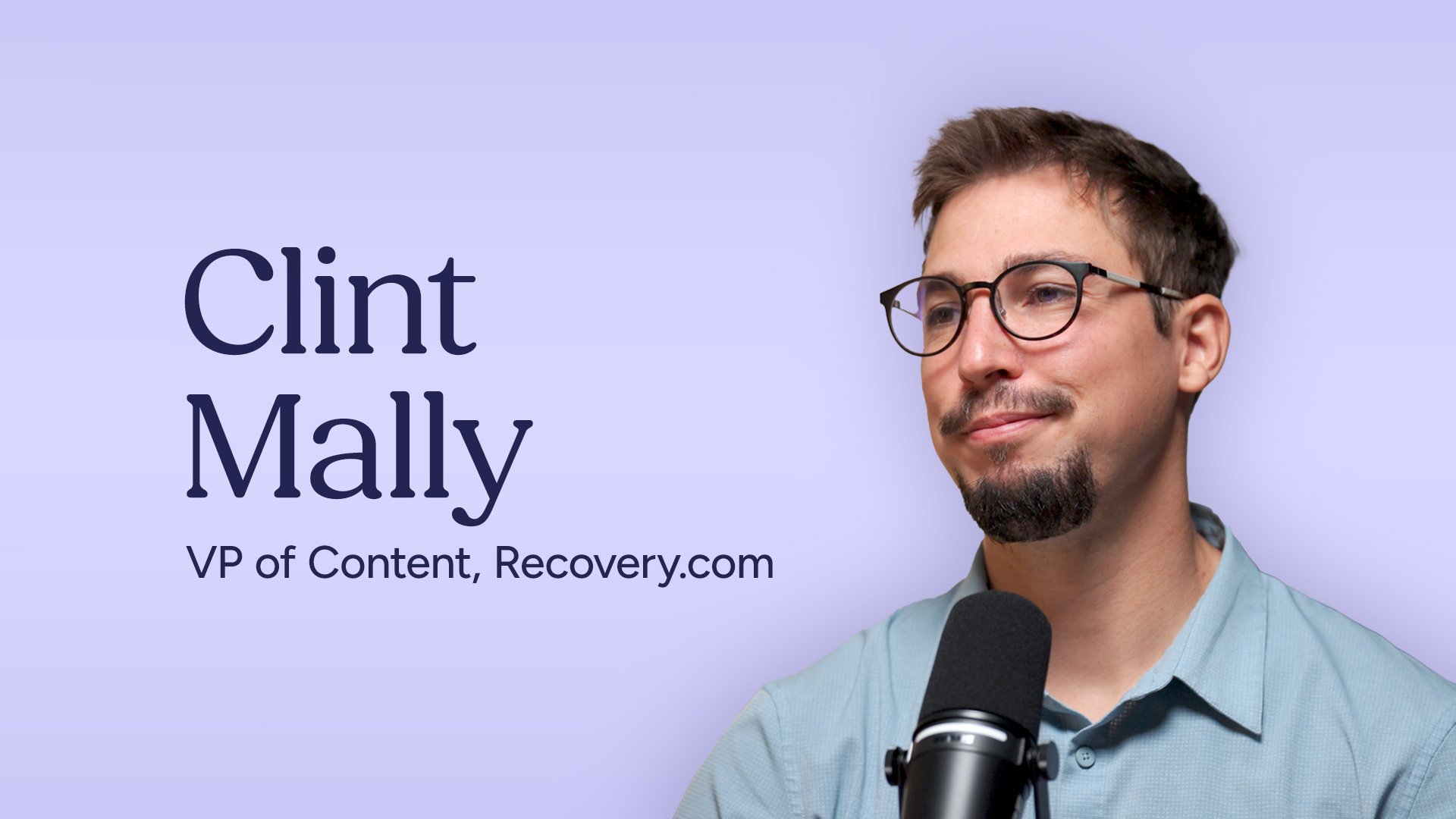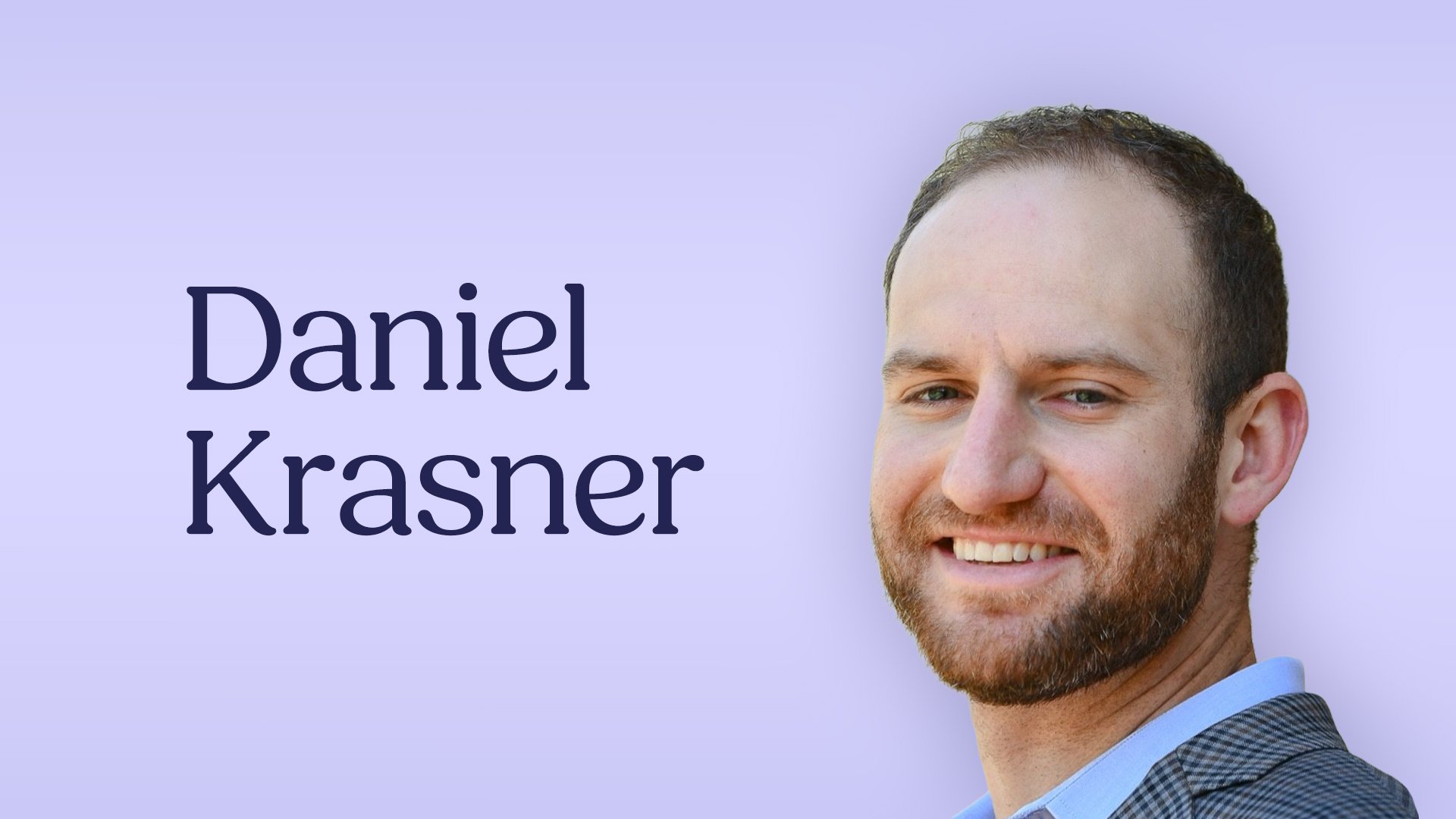Omnichannel Lead Gen in Behavioral Health: 7 Tactics to Maximize Patient Acquisition
This post was inspired by a recent podcast conversation with Jake Gorman, COO of MGMT Digital, a specialized behavioral healthcare marketing agency.
With deep expertise in helping mental health and substance use treatment centers grow, Jake revealed key lessons on why relying solely on SEO isn’t enough—and how integrating conversion data across channels leads to smarter ad spend and sustainable growth.
Below, you’ll find a strategic, practitioner-level playbook for expanding your reach, improving lead quality, and optimizing ROI in behavioral health marketing.
1. Why an Omnichannel Ecosystem Beats a Single Channel
One of the most common traps behavioral health organizations fall into is putting all their eggs in one marketing basket—often SEO. That can work temporarily, but it’s risky. “If they drop in organic rankings … you can see that census would also take a dip,” warns Jake. When your admissions depend solely on organic search success, fluctuations in algorithms or competitive moves can jeopardize your entire pipeline.
Instead, build a marketing ecosystem that wields multiple channels—SEO, PPC, social, directories, branding—to reach audiences at different stages of the funnel. This ensures your admissions engine doesn’t collapse if one tactic underperforms. A diversified funnel adapts to changing trends and maintains momentum across channels.
For behavioral health marketing, where urgency, trust, and privacy concerns are paramount, omnichannel coverage ensures you stay top of mind when someone is ready to act.
2. Audit the Foundation: Branding, Website & Messaging
Before you throw budget behind campaigns, begin with a high-level audit of your branding, site structure, and positioning. The traffic you generate—paid or organic—ultimately funnels to your website. If that site isn’t optimized for conversion, your marketing dollars leak.
Key areas to evaluate:
- Is your brand messaging unified and empathetic to behavioral health prospects?
- Does copy speak in terms of treatment, help, outcomes—not just service jargon?
- Are your landing pages conversion-ready (clear CTA, trust signals, minimal friction)?
- Is your site designed mobile-first, with fast load times and responsive layouts?
- Do video assets exist to support service pages and elevate engagement?
Jake’s priority: “We take a look at the brand … make sure the messaging on the site actually resonates with the end user.” If the site fails the audit, he doesn’t hesitate to rebuild it before launching campaigns. When spent dollars land on weak pages, the ROI collapses.
3. Prioritize Local SEO, Then Scale Out
In behavioral health, facility location still matters. Even for centers that accept out-of-state clients, dominating your local footprint is foundational. Jake asserts: “If you’re not ranking well … in your local market, then there’s no sense to … move into a national campaign first.”
Here’s how to structure your SEO ladder:
- Target transactional and commercial keywords (e.g. “best rehab in [city],” “detox center near me” vs. general educational topics).
- Audit for low-hanging fruit—keywords ranking on page 2 or 3—and push them to page 1.
- Build domain authority through credible backlinks (industry directories, publications, local media).
- Once local dominance is achieved, expand regional or national campaigns with paid amplification.
Traffic is important, but intent is more important. Some topics—“how long does cocaine stay in your system”—generate high analytical metrics, but poor conversion if people visiting are researching, not ready to enter treatment. The trick: aim for keywords that reflect readiness. Jake says:
“We’re not always just worried about that trend line going up … we’re actually focused on making sure … ranking for transactional keywords … higher conversion rate.”
Focus on quality intent over vanity traffic.
4. Channel Mix & Budget Allocation Strategies
A high-performing facility often operates across 5–6 marketing channels. Jake typically builds a mix including:
- Google Ads (search & expanded search)
- Bing / alternative search engines
- Facebook / Instagram (video, carousel, brand awareness)
- Directory placements (like Recovery.com / provider listings)
- Branding, video campaigns to drive awareness
- Remarketing / retargeting audiences
When budgets are limited, start with bottom-funnel channels first: Google search. Jake suggests dedicating roughly 70% of your budget to tactics close to conversion (search ads), reserving the rest for brand and awareness channels. If a facility already has SEO strength, you might lean less on paid and more on sustaining awareness channels.
One key nuance: scaling must be incremental, not abrupt. “You don’t want to turn it all off and then restart … you have to go through the learning phase again.” Ads accounts retrain. Instead, make modest cuts (20–50%) when needed, not full shutdowns.
“We only make small adjustments either up or down … turning everything off … is just not how it works.”
Even awareness campaigns must remain active at a basic level so the algorithm remains primed.
5. Conversion Tracking & Offline Integration
Clicks and impressions are vanity metrics without meaningful conversion tracking. In behavioral health marketing, the real power lies in tying online conversions to admissions through a hybrid tracking architecture.
Jake’s strategy revolves around two classes of conversions:
- Online conversions: form fills, phone calls, chat interactions
- Offline conversions: admissions, enrollments, program starts
Once you reach sufficient volume—about 150 online conversions—you can shift from click-based bidding to conversion-based bidding in Google Ads. At that point, the algorithm optimizes toward users who match profiles of past converters. But you must continually feed it quality data, including offline outcomes.
To do that, you must:
- Integrate your CRM, call tracking, and admissions data with Google Ads (via APIs)
- Score calls via admissions staff (which calls were genuine treatment-seekers)
- Pass that data back into your ad account to retrain targeting
“Conversion tracking is very, very important … you also want to integrate … your CRM … integrate call tracking metrics with Google Ads,” explains Jake. When you close that feedback loop, you can weed out low-quality leads and amplify performance.
6. Mid-Funnel Nurturing: Email, Content & Lead Flows
Not everyone converts immediately. Many prospects are unsure, researching, or discussing options with loved ones. Your job is to stay in front of them without being pushy.
MGMT Digital’s approach involves:
- Offering downloadable content (ebooks, guides) to capture interest
- Deploying drip email sequences (weekly → biweekly → monthly) with helpful content, facility updates, stories
- Soft CTAs (learn more, contact us) rather than aggressive pressure to call now
- Content written by humans (not AI alone), but informed via tools to include contextual keywords
- Videos embedded in content and service pages—mission videos, staff stories that build emotional trust
Jake emphasizes: “We don’t use AI to generate content … we try to make the content digestible and resonate with the end user.” The goal isn’t hard selling—it’s being present when a prospect is ready to act.
7. Emerging Channels & Future Trends
While search and social continue to dominate, Jake highlighted several rising opportunities worth watching:
- AI / Conversational Search Platforms: With tools like ChatGPT evolving, people may soon search for rehabs via chat. Jake anticipates ad placement possibilities on OpenAI and similar platforms.
- Video-first SEO: Videos that match your service pages help with rich snippets and AI overviews. Google is smart enough to parse even audio keywords within video transcripts.
- Short-form video (TikTok / YouTube Shorts): Particularly useful for generating brand interest among younger or more exploratory audiences.
Brands that optimize now for AI-augmented search may gain early advantage. Jake notes: “If you’ve already got a well-optimized article … you have a chance of being placed in the AI overview.”
Wrap-Up & Key Takeaways
Here’s your strategic checklist for making omnichannel lead generation work in behavioral health:
- Don’t rely on one channel—build an ecosystem
- Audit and strengthen your site and message first
- Dominate locally before branching out
- Allocate 70%+ toward bottom-funnel tactics, but maintain awareness channels
- Track conversions end-to-end—including admissions—and feed data back into ad platforms
- Nurture mid-funnel prospects gently, with human-centered content and email sequences
- Stay alert to emerging platforms (AI chat, video-first SEO, short-form video)
In Jake’s words:
“Don’t put all of your eggs in one basket … there are multiple avenues … if utilized correctly.”
If you’re a marketing practitioner in behavioral health, this is your map. Over time, you’ll optimize which channels outperform, shift budgets dynamically, and continuously refine conversion feedback loops.
To dive deeper, explore Recovery.com’s articles on behavioral health and treatment trends, including resources like “The Most Common Addictions in the U.S.” and “Exploring Harm Reduction Strategies.” For insights specifically on generating high-quality recovery leads, see posts like “Proven Strategies for Generating High-Quality Recovery Leads.”
Want to connect with Jake? Check him out on LinkedIn or visit MGMT Digital to learn how their team can help you execute an omnichannel marketing strategy built for behavioral health growth.

 By
By


